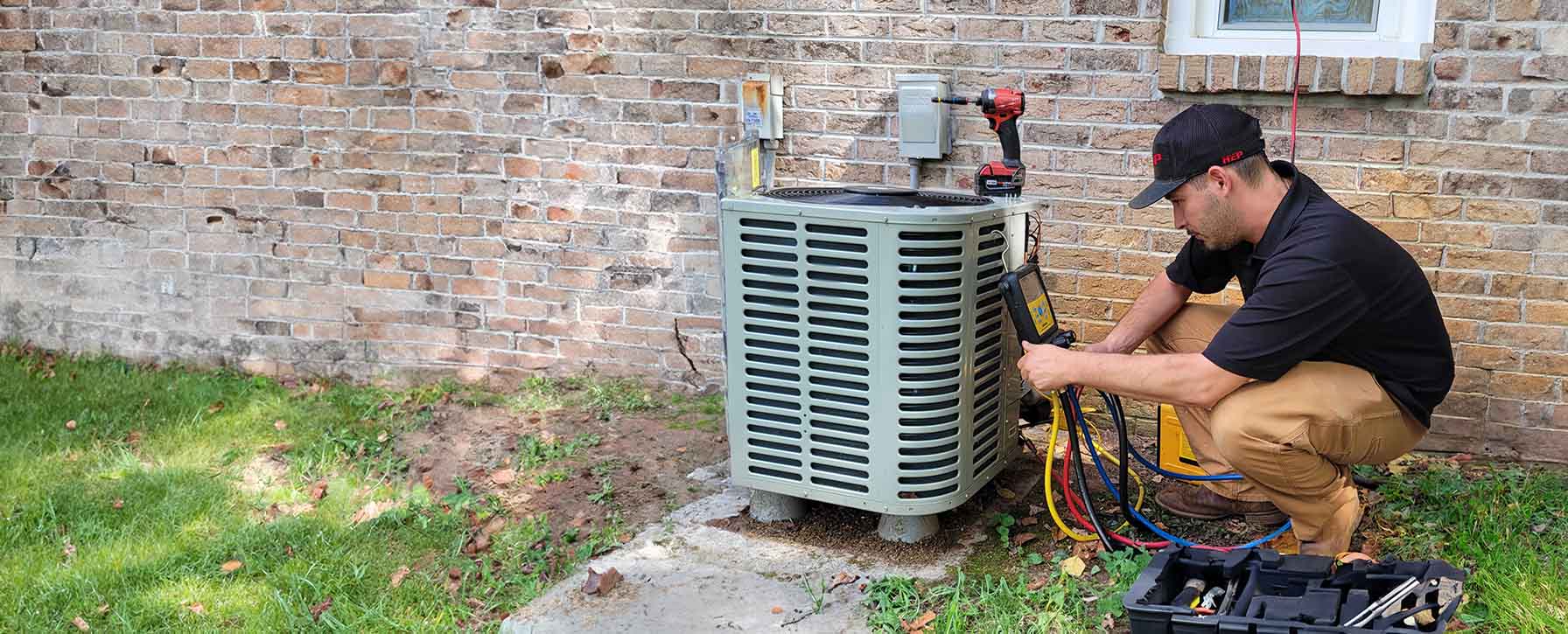

Energy Efficiency
Your trusted partner for professional home services. Quality workmanship, guaranteed satisfaction.




- HEP
- Energy Efficiency
Energy Efficiency | Ventilation and Air Quality | Heating and Air Conditioning | Pioneer
At HEP, we transform homes across Pioneer with precision-engineered heating and air-conditioning solutions that slash energy waste without sacrificing comfort. Our certified technicians fine-tune, upgrade, and replace systems to maintain perfect temperatures year-round, trimming utility bills and extending equipment life in the process.
Every project centers on ventilation and air quality, because true efficiency begins with the air you breathe. From high-performance heat pumps and smart thermostats to whole-home ventilators, advanced filtration, and humidity control, we blend cutting-edge tech with proven craftsmanship to create fresher, healthier, and greener living spaces. Experience the difference—schedule your personalized energy audit today and feel better about the air and the savings in your home.
FAQs
How can upgrading my HVAC system improve energy efficiency in my Pioneer home or business?
Modern high-efficiency furnaces, heat pumps, and air conditioners are designed to deliver the same or better comfort while using 20–50 % less energy than units manufactured just 10 years ago. They achieve this through variable-speed compressors and blower motors, higher SEER2/HSPF ratings, and advanced refrigerants. When we size and install the system correctly, you’ll see lower monthly utility bills, more consistent room temperatures, and reduced carbon emissions. Rebates from local utilities and federal tax credits can offset a significant portion of the upfront investment.
What energy-saving heating and cooling options do you offer through Pioneer?
We install a full range of ENERGY STAR®-certified equipment: high-efficiency gas furnaces (AFUE up to 98 %), inverter-driven air conditioners (SEER2 up to 24), cold-climate heat pumps, ductless mini-splits for zoned comfort, and dual-fuel hybrid systems that automatically switch between electric and gas for optimal efficiency. We also provide energy recovery ventilators (ERVs), smart thermostats, and insulation/sealing services to ensure the building envelope supports the new equipment.
How often should I replace filters and schedule duct cleaning to maintain peak efficiency and indoor air quality?
Replace 1-inch pleated filters every 1–3 months (more often if you have pets, allergies, or ongoing construction). High-MERV or HEPA media filters can last 6–12 months. For ductwork, a professional inspection every 2–3 years is recommended; cleaning is advised when you see visible dust buildup, microbial growth, or after major renovations. Clean ducts reduce airflow resistance, helping the blower run less, which can cut energy use by up to 15 %.
What are the common signs that my current HVAC system is wasting energy?
Red flags include uneven temperatures between rooms, equipment that cycles on and off frequently (short cycling), higher-than-normal utility bills compared with previous seasons, ice buildup on refrigerant lines, and systems that are over 12–15 years old. Excessive noise and humidity problems also indicate hidden inefficiencies. A free Pioneer energy audit pinpoints the exact causes and quantifies potential savings from upgrades or repairs.
How does proper ventilation affect indoor air quality and energy costs?
Good ventilation dilutes indoor pollutants such as VOCs, carbon dioxide, and moisture that can lead to mold growth. However, uncontrolled ventilation (like leaks and drafts) wastes conditioned air. Balanced solutions—such as ERVs or HRVs—recover up to 80 % of the heating or cooling energy from exhausted air while bringing in fresh outdoor air, improving IAQ without a spike in utility bills. Sealing uncontrolled leaks and adding mechanical ventilation can reduce overall HVAC runtime by 10–20 %.
Do smart thermostats really lower energy bills, and will they work with my existing equipment?
Yes. EPA studies show smart thermostats cut heating costs by about 10 % and cooling costs by 15 % on average by using learning algorithms, geofencing, and occupancy sensors to optimize setpoints. Most models are compatible with standard 24-volt HVAC systems; for older systems without a C-wire, we can install a power extender kit. Integration with Wi-Fi and voice assistants lets you monitor energy use in real time and receive maintenance alerts, further boosting savings and system longevity.